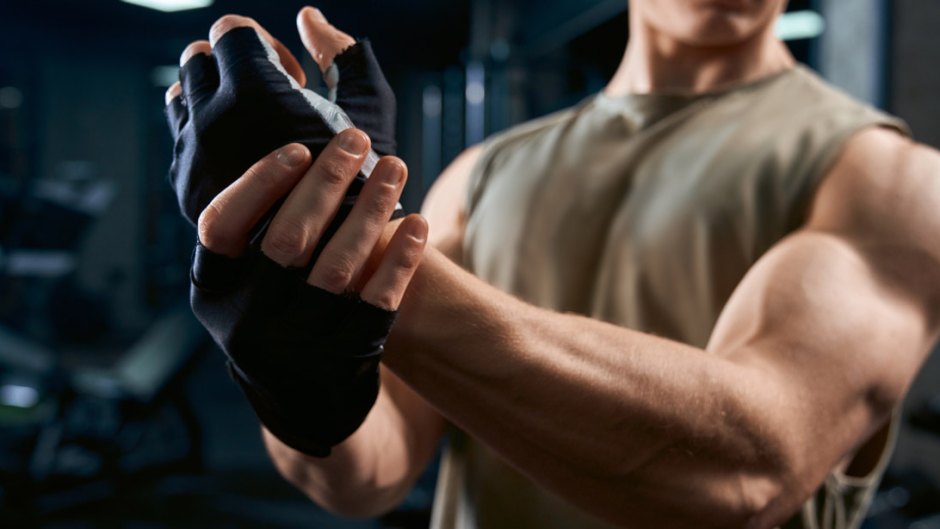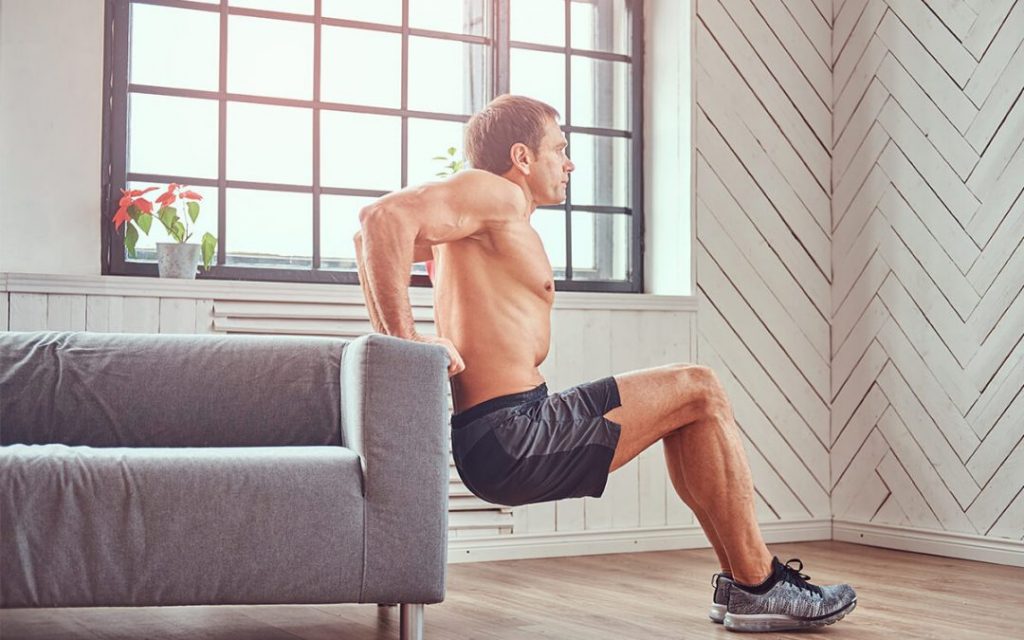
THE ULTIMATE UPPER-BODY EXERCISES AND WORKOUT
Maximum results in minimal time is what you can expect from these two upper-body routines.
While we all might have varying different goals, most people who step foot in the gym do so to improve their health and their physiques. And when it comes to that, one common goal is building a bigger upper body. To do that, strengthening the upper-body muscles and knowing which upper-body exercises to incorporate into your workouts is key.
But, no matter the fitness goal, the same theme exists for all of us: success. The best way to achieve it is to first identify the problem or goal, then systematically break down the bigger goal into smaller goals.
So for those that are new to training or have been slow to make progress in the upper-body department, the first step is to identify the right upper-body exercises. Master those exercises in terms of load and form, and start incorporating them into your upper-body workout routine.

Now, there are a professional bodybuilders out there that get to lift heavy weights for a living. Perhaps they’ve been lucky enough to gain major sponsorship or have lucrative contracts with a magazine, or even a sports supplement manufacturer. These guys “get paid” to workout, so for them the gym is their office. But for most of us, finding time to fit in a good workout into our busy schedules.
Between work, family, friends, and errands, we’re lucky to find just 3-4 days per week to train for perhaps 60-90 minutes at a time. Thus, it’s important that every moment we spend working out with dumbbells, barbells, cables, or machines be used with maximum efficiency. That means choosing the “best bang for your buck exercises” that yield optimal muscle-building results in a minimum amount of time.
Below are the best upper-body exercises, and below that are two upper-body workouts that will help you build a stronger chest, shoulders, back, and arms. Perform each one once a week for huge results.
UPPER BODY EXERCISES
BARBELL UPPER-BODY EXERCISES
- Bench Press: For maximum stimulation of the chest, position your torso on the bench with a slight arch in the lower back; the ribcage held high; and the shoulders shrugged back and downward.
- Underhand Grip BB Bent Row: Keep the torso bent at an angle of about 75° and pull the bar into the lower abdomen to best stimulate the belly of the lats.
- Seated BB Military Press: Use a bench with back support and keep your torso upright throughout the set (leaning back engages too much upper pecs). Bring the bar just below the chin before driving it back to the top.
- Shoulder-Width Grip BB Upright Row: Raise the bar to a level at which the upper arms are parallel to the floor. At the top, the hands should be lower than the elbows to best stimulate the shoulders.
- Incline BB Press: Use the same torso position that was mentioned above for the bench press. Lower the bar to the top of the chest, just below the chin.
- Close-Grip BB Upright Row: Take a grip on a BB with your hands spaced about 6″ apart. Raise the bar to about the height of your chin to bring the mid and upper traps into play along with the anterior delts.
- Partial Rack Deadlift: For complete back development, vary the range-of-motion from just above knee-height to as low as the mid-shins. It is best to stick with one range-of-motion per workout.
DUMBBELL UPPER-BODY EXERCISES
- Incline DB Press: Vary the incline of the bench workout-to-workout or set-to-set from 30° to 45° to 60° to target different motor unit pools.
- One-Arm DB Row: Keep your upper body parallel to the floor throughout the set. As you raise the DB, keep the elbow close to the body and do not allow the elbow to go higher than the height of your torso.
- Seated DB Press: To put the greatest emphasis on the anterior delts, press the DB’s with the palms facing each other. To work the anterior delts but also bring the lateral heads greatly into play, press with the elbows held back in line with the torso and palms facing forward.
BODYWEIGHT UPPER-BODY EXERCISES
- Wide-Grip Pullup: Vary grip widths and the angle of the torso when pulling to effectively stimulate all areas of the back musculature.
- Chest Dip: Keep your torso leaning forward throughout the set to more strongly engage the pecs. Lower yourself to a point where you can feel a slight stretch in the chest before pushing back to the top. To keep more tension on the pecs, do not lockout.
- Close-Grip Pullup: Take a slightly less than shoulder-width grip on the pullup bar. Lift your body up to a point where you feel your biceps are fully contracted, while focusing on keeping lats activation to a minimum. Lower yourself to a point where there is still a slight bend in the elbows to keep tension on the biceps.
- Triceps Dip: To keep chest activation to a minimum and target more triceps activation, make sure your torso remains upright throughout the set. Lower yourself to the point where your upper arms are parallel with the floor.